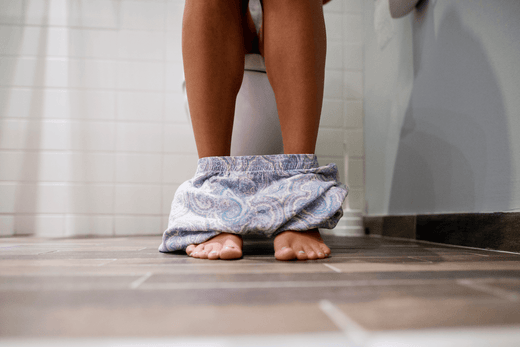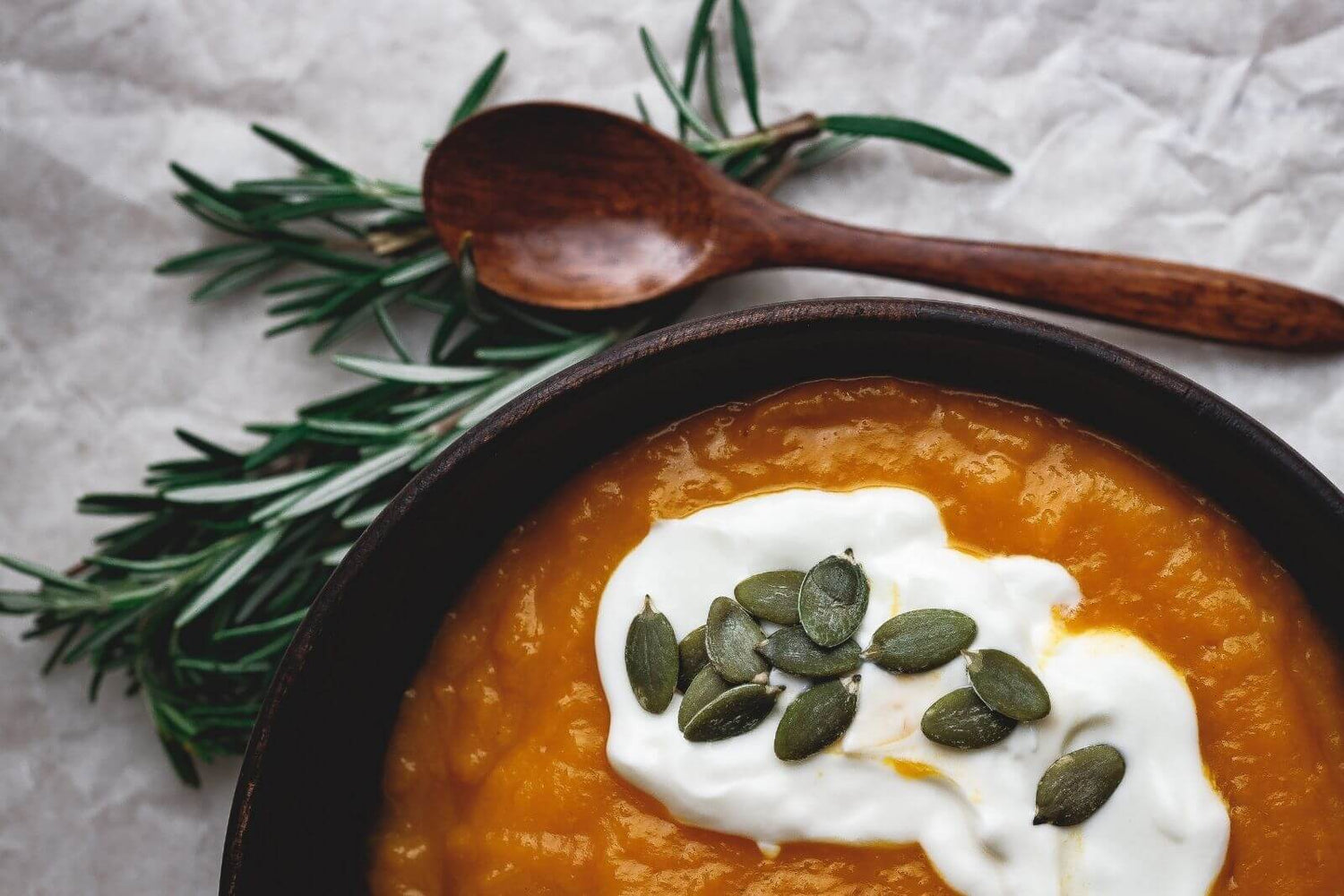Conventional gut microbiome testing doesn’t have to be uncomfortable anymore, as the vast majority of microbiome tests include an easy, non-invasive, discreet at-home collection protocol. This way, consumers can have a higher control about how, when and where do they collect their stool sample.
Clear, simple instructions for stool collection are fundamental to increase consumer compliance and maintain sample integrity.
The best time of the day to collect your sample
Depends. Some stool collection protocols may give a suggestion, while others will leave it entirely up to you.
This will highly depend on your defecation frequency. Defecation frequency is higher in men, being positively associated with physical activity and diet (plant-based or high-fiber). Only a small proportion of women defecate more than once a day.
As some research suggests that the natural volatility of the intestinal microbiome seems to be linked with the circadian clock, and to reduce within-day variability that could potentially distort a long-term study, probably its best to collect the first bowel movement of the day in the morning.
How much sample to collect
Jones et. al described stool as “a complex matrix of endo- and exogenous material containing a heterogenous distribution of microoganisms”.
The bacterial composition varies depending if you sample the surface of the stool or whole stool samples. As an example, the internal parts of stool have been shown to harbor higher abundances of Firmicutes and Bifdobacteria spp. than the external surface. This choice of method might have a higher impact when talking about low abundant taxa — aliquots from the same stool sample might be very different from each other.
In their study, Jones et. al expected that temporal shifts in microbial communities over three timepoints (stool samples collected hours apart) would be larger than replicate sampling from a single stool (samples collected from the same stool sample, but from different sites). For some people, changes along the surface of the stool were more visible than over the course of 2 days.
These differences may be associated with two factors: anaerobic microorganisms thrive better when living in the internal parts of the stool, and bacteria found in the surface of the stool may be actually epithelial bacteria “hitchhiking” the stool sample while it travels through the intestine. Additionally, some microbes prefer to live attached to particles of specific sizes and are thus found distributed in a non-uniform way throughout the stool sample.

These components are included in the myBioma test kit.
To try to make the best compromise, we advise you to collect a representative sample of your stool, by scooping three small samples from different areas of the same stool.
The Bristol scale
When collecting a stool sample, have a Bristol Stool Chart with you, to record the appearance and density of the fecal material. The Bristol Stool Chart is an indication of the intestinal transit time, ranging from 1 (hard, formed stool) to 7 (diarrheal stool).
Collecting diarrheal stool can be a challenge, especially if self-collected. If you are experiencing an abnormal period of diarrhoea, avoid collecting the stool sample during this time. If this is not possible, a sample collection should still be possible, as the stool catcher will keep enough sample for you, and the collection tube is equipped with a spoon-like spatula.
In this case, scoop as much sample as possible until the “Fill to this line”.
Stool homogenization is essential to avoid misrepresentation of microbiome profiles. You should also mix your sample very well with the preservation fluid after closing the tube cap.
How to best store the samples
Ideally, stool microbiome samples should be snap frozen or kept at -80°C immediately after collection — but this is not always possible. Several gut microbiome tests include return envelopes where samples are shipped via post or via other types of delivery back to the lab for analysis. So while samples are in transit, it is not possible to keep them frozen or cooled.
The most important, however, is to treat all samples the same way to allow reproducibility.
Commercial stool collection tubes are great not only for an easy collection, but also for short to medium term ambient temperature storage. There are several options commercially available, keeping the microbiome profile stability at room temperature up to 60 days — OMNIgene Gut tube (DNA Genotec) — or even 2 years — Stool Nucleic Acid Collection and Preservation Tube (NORGEN). The latter has a preservation buffer that renders self-collection at home easier to organize and is more reliable than complete stool frozen in home freezers, for which there is no temperature record. This may increase the risks of freeze-thawing cycles that are detrimental for DNA integrity — so please, do not store your sample in your home fridge while awaiting for a good time to ship it back to us.
We suggest you to collect your sample, store it at room temperature, and ship it to us as soon as possible to be processed in the laboratory.
Antibiotics and probiotics
Antibiotics can potentially have a strong impact on gut microbiota composition, being the effect more pronounced if the antibiotics were taken recently. According to Thomas et al., depending on the antibiotic class and dosage, it can take between 6 months to more than 4 years after treatment for your gut microbiome to recover and return to its “normal” composition. In fact, in patients treated with other classes of drugs such as the proton pump inhibitor omeprazole or the antidiabetic biguanide metformin, changes in the gut microbiome have also been reported.
Doing any intestinal microbiome test during the course of antibiotic treatment is not a good idea. The best would be to wait at least 3 months before taking the gut microbiome test, and keep a record of any intake of additional drugs and supplements.
The same rational can be applied when thinking about probiotics. If you want to look for any improvement derived from taking pre/pro/synbiotics or supplements, it is ideal to test your microbiome twice: before taking supplements and approximately 3 months after.

We recommend waiting at least 3 months after taking antibiotics before performing the gut microbiome test.
Diet
Your diet can impact the composition of your intestinal microbiome — sometimes even in a short timescale.
Different types of diets can lead to different microbial compositions and levels of diversity and richness in the gut. A fiber-rich diet (from fruits, vegetables, whole grains, and legumes) tends to promote a diverse and balanced microbiome, while a diet high in processed foods, fats and low in fiber can lead to a less diverse and potentially a less beneficial microbial community.
Thus, collect your sample during a point when your diet is as near to your “normal” as possible, as any abrupt changes may not be an accurate representation of your diet. Unless you want to track the effects of a diet change, then it is recommended to test before and after changing the the diet to explore how did it modulate your intestinal microbiome.
References
- Jones et al 2021. Fecal sample collection methods and time of day impact microbiome composition and short chain fatty acid concentrations, Scientific Reports
- Thomas et al 2015. Fecal microbiota analysis: an overview of sample collection methods and sequencing strategies, Future Medicine.
- Der Originalartikel ist hier zu finden: https://medium.com/biome-diagnostics/testing-your-intestinal-microbiome-2058661dfec7








